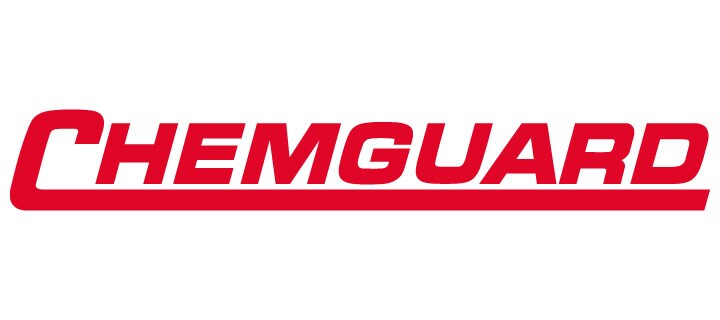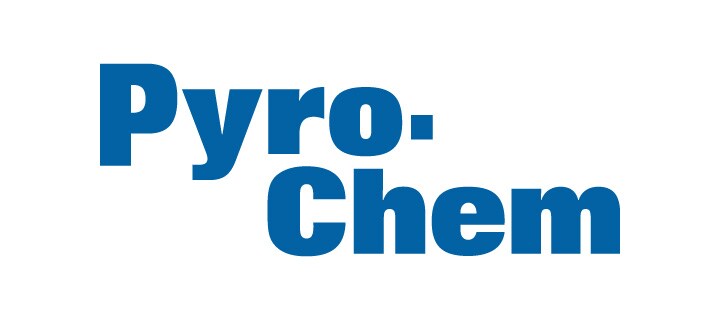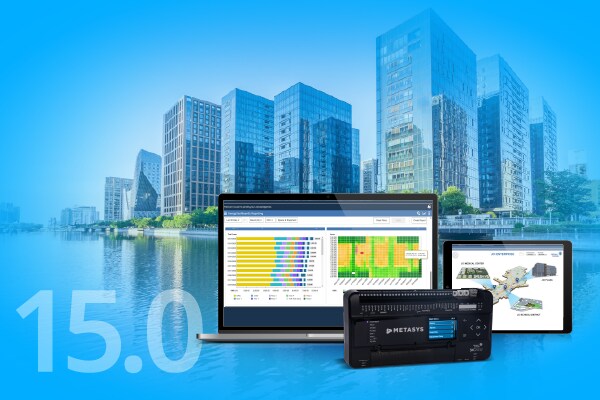- Johnson Controls
- Building Insights
- How to Drive Net Zero Outcomes in Healthcare Facilities
How to Drive Net Zero Outcomes in Healthcare Facilities
Healthcare facilities are recognizing their responsibility to promote environmental sustainability, and Johnson Controls offers infrastructure upgrades that make net zero goals achievable.

By Brendon Buckley, Senior Healthcare Technology Director, Johnson Controls
The pandemic not only raised concerns about public health, but also increased public awareness of the impacts our buildings have on the planet. A healthcare facility’s purpose is to serve the health of the community and promote public wellness. Hospitals account for 4.4% of global emissions, so to truly protect the health of the community, healthcare leaders need to make sure they are also protecting the planet. The Department of Health and Human Services (HHS) recently formed its Office of Climate Change and Health Equity, which will treat climate change as a public health issue – correlating with reports that air pollution can cut 2-3 years off the average lifespan.
Healthcare facility leaders are clearly recognizing this need to promote environmental sustainability and carbon reductions. According to Johnson Controls Healthy Buildings Pulse Survey, of more than 800 building decision-makers, 67% of healthcare executives have already implemented healthy building initiatives in their own facilities.
Actionable infrastructure upgrades for hospitals to achieve net zero emissions
Through the strategic implementation of efficiency-focused infrastructure solutions, healthcare campuses can begin to achieve sustainability goals. There are a wide variety of solutions that healthcare organizations can implement, including:
- Central utility plant optimization software leverages the Johnson Controls OpenBlue digital platform to connect systems and data for intelligent, automated decision-making. This drives down costs and increases reliability while advancing sustainability goals.
- Touchless environments use mobile, voice or web-based interfaces to allow clinical staff to control and optimize room elements like lighting and temperature to save energy.
- Occupancy sensors can automatically shut down buildings systems in unused rooms to reduce energy waste.
Water-efficient building solution upgrades increase efficiency and reduce municipal water loss through improved leak detection, accurate meter sizing and other retrofits. - Integrated Facility Command Center help facilities monitor and control every aspect of the building and its operations from a single dashboard. These digital platforms use sophisticated Application Programming Interfaces (APIs) to gather data from an army of disparate apps and systems, connect and analyze the various data streams and insights, and display results in one dashboard.
Healthcare organizations cannot implement zero-carbon and renewable energy goals for their facilities without discussing the digital technology that is essential to achieving building and operational efficiencies.
Johnson Controls OpenBlue Net Zero Buildings as a Service offering provides a one-stop shop for organizations looking to achieve decarbonization and renewable energy goals using the OpenBlue suite of connected technologies. The holistic suite includes OpenBlue Healthy Buildings, net zero building roadmaps and real-time performance reporting that analyzes energy, water, materials and emissions.
Similarly, Johnson Controls offers OpenBlue Enterprise Manager, a comprehensive suite of apps that monitor and improve energy efficiency, support reporting and can predict energy demand and consumption. Enterprise Manager tracks, manages and analyzes all energy use and sources including utility bills for thermal, water, electrical storage and carbon. The technology leverages AI and machine learning to predict energy demand and consumption, allowing building operators to take proactive action to avoid unplanned spend.
Hospitals are some of the most heavily regulated building environments, so they need to ensure compliance with sustainability-focused regulatory bodies like the EPA and the DOE as well as state-specific regulations. Thanks to holistic infrastructure technology solutions and compliance support from Johnson Controls, healthcare facilities can maximize efficiency while remaining compliant with these strict regulations and making good on net zero emissions goals.
Take for example Humber River Hospital in Toronto, Canada. The healthcare center worked with Johnson Controls through a Performance Contract to implement OpenBlue Enterprise Manger and Smart Connected Chillers. By adopting solutions that gather real-time information on energy efficiency, asset performance, maintenance operations and space utilization, Humber River Hospital was able to achieve several goals: improve patient and staff satisfaction, enhance asset performance long-term, support proactive facility management and reduce energy consumption campus-wide. In fact, the improvements resulted in 4.3 million kilowatt hours of reduced energy consumption since 2016.
Digitalization, decarbonization and renewable energy goals go hand-in-hand
Healthcare organizations cannot implement zero-carbon and renewable energy goals for their facilities without discussing the digital technology that is essential to achieving building and operational efficiencies. Healthcare facilities need to consider the technology that will be required to drive their sustainability mission forward, and that requires a three-step process: identifying and understanding current technology in place, ideating about what you want technology to achieve and mapping out how systems work together to deliver the desired net zero and renewable energy goals.
Sustainability driving building resiliency and occupant comfort
Implementing sustainable infrastructure benefits more than just the environment. Building decarbonization reduces operational costs by optimizing equipment and lighting strategies – the biggest consumers of energy and budget – through preventative and predictive maintenance programs, creating a smarter building overall. What’s more, increased infrastructure resilience provides buildings a longer lifespan, requiring fewer energy-consuming upgrades and retrofits. Building managers should also keep in mind that the most sustainable facility possible is the one that is already built – it’s significantly better for the environment to implement upgrades and retrofits rather than starting from scratch with new construction.
Most importantly, reducing emissions leads to healthier people and a healthier surrounding community. Sustainability and resilience retrofits can improve patient and employee satisfaction. When employees all buy into a sustainable culture, aligning your actions with the beliefs of your staff can create an enhanced corporate identity. With the right mindset and proper infrastructure in place, hospital leaders can be empowered to reduce their carbon footprint, furthering their mission to foster a healthy community.
Johnson Controls has a presence in 83% of hospitals in North America and is committed to helping each of these facilities reduce their carbon footprint by offering them sustainable infrastructure solutions geared toward net zero carbon emissions. Learn more about Johnson Control’s commitment to sustainability at www.johnsoncontrols.com/corporate-sustainability/environment.
Related Items
Healthcare
Our integrated healthcare solutions enable facilities to meet the challenging security needs and help to provide better service to their patients.
Net Zero Buildings
Achieve decarbonization and renewable energy targets and optimize building performance.
OpenBlue Enterprise Manager
OpenBlue Enterprise Manager gathers and analyzes building data to gauge environment quality and building system efficiency, flags critical issues for action, and provides recommendations on how to increase energy efficiency, reduce carbon emissions, and reduce costs.
Environment
See how we empower customers and communities to consume less energy and conserve resources — all over the world.

















.jpg?la=en&h=320&w=720&hash=244C75B74F0F77521D56164450973BCD)














.jpg?la=en&h=310&w=720&hash=8D9823F26AA80B2B75C3E4B2E61770DC)


.jpg?la=en&h=320&w=719&hash=13CA7E4AA3E453809B6726B561F2F4DD)
.jpg?la=en&h=306&w=720&hash=F21A7CD3C49EFBF4D41F00691D09AEAC)

.png?la=en&h=320&w=720&hash=18CFCCD916C92D922F600511FABD775D)


















